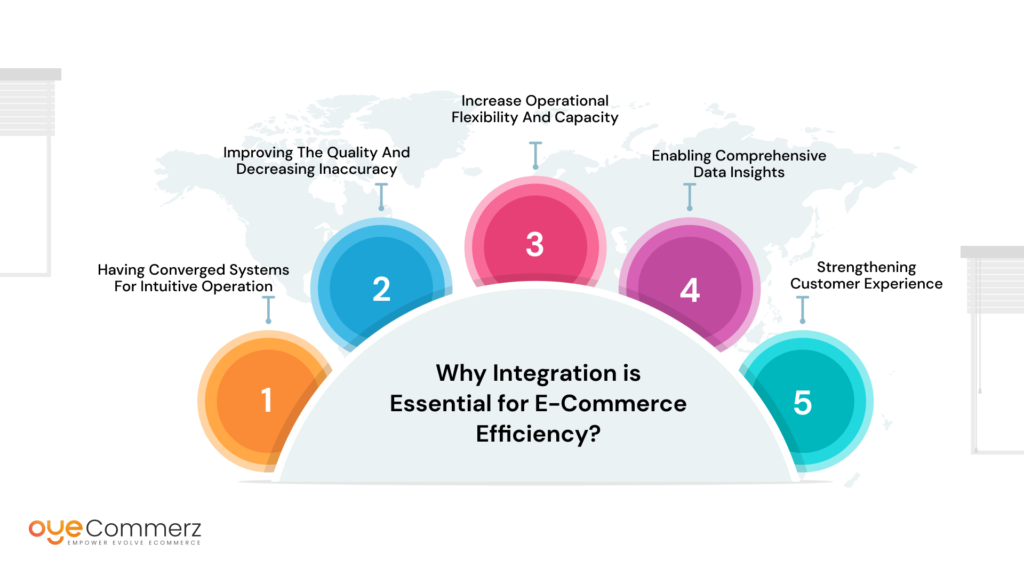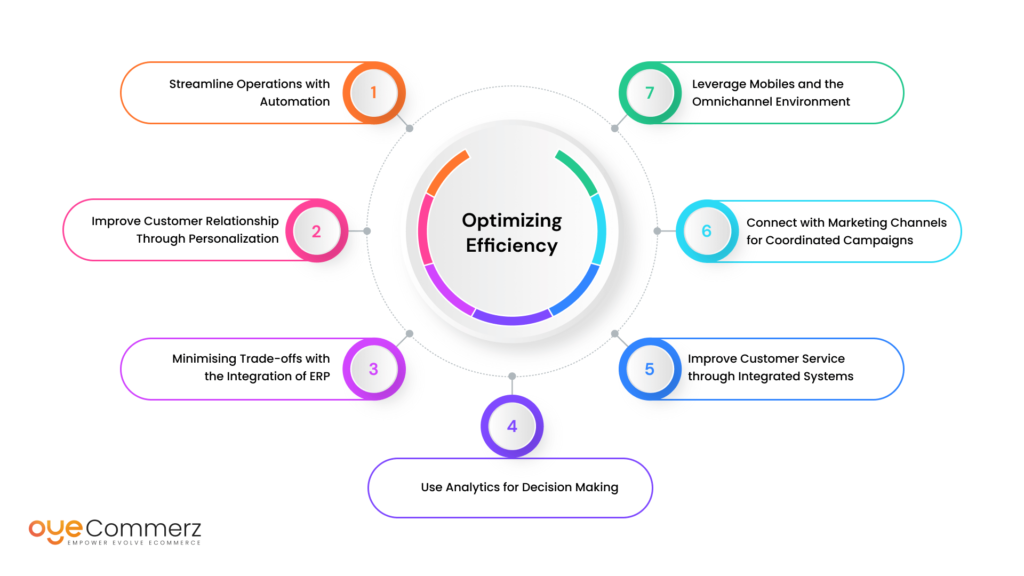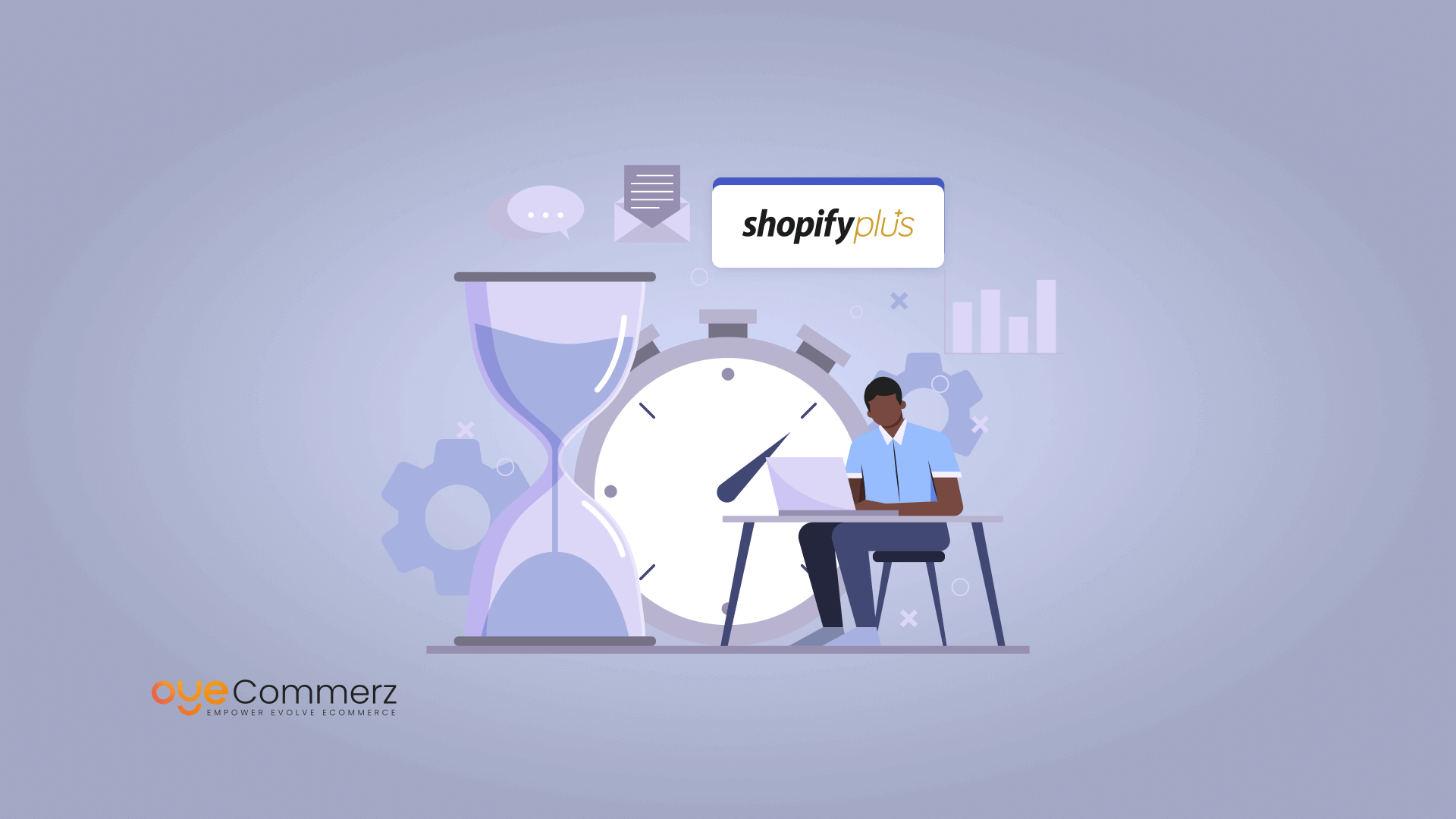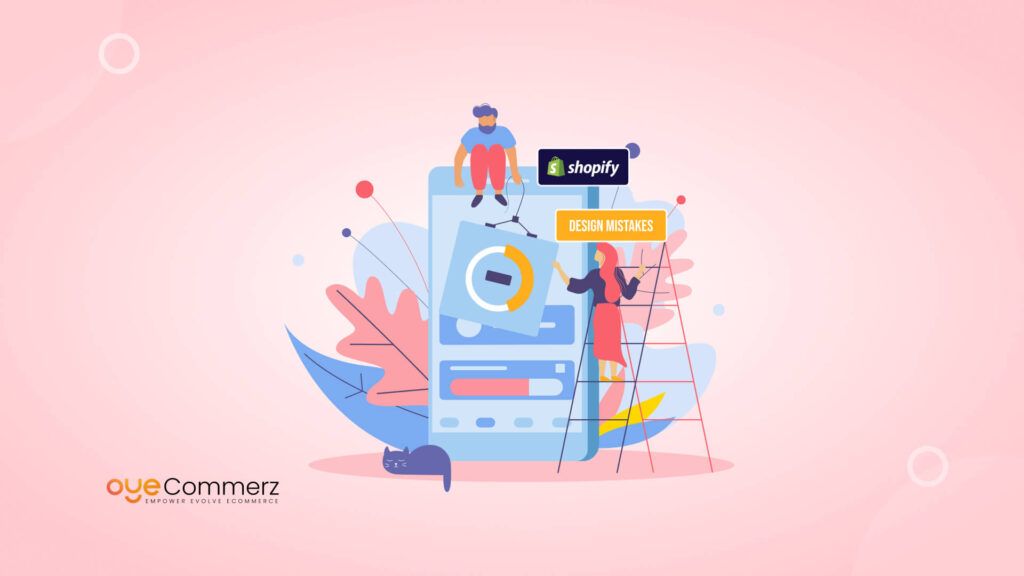Today, the differences between various players in the ever-growing and constantly changing online shopping business can often hinge on the question of efficiency. Businesses that adopt Shopify Plus need to connect several systems and services to achieve an integrated, automated, and effective business environment. In this case, integrations are effective not only in simplifying procedures but also in improving customers’ experiences and supporting analytics for decision-making. Partnering with a Shopify Plus integration agency can provide the expertise needed to seamlessly implement these integrations. This blog will help you understand more about Shopify Plus integrations, how you can benefit from them, and how to implement them correctly to boost your store’s performance.
Top-Level Domains for Shopify Plus Stores - Stats
- The .com top-level domain (TLD) is the most prevalent among Shopify stores. This dominance is expected, given that alternative TLDs have only recently become more widespread, and .com domains still carry notable prestige.
However, regional variations are notable. In Australia, the .com.au TLD is the most common, with .com trailing closely behind. This trend is unique, as .com domains generally lead in most other countries. - 66.4% of Shopify stores use a .com domain.
- 2.9% of Shopify stores use a .de domain.
- 2.9% of Shopify stores use a .co.uk domain.
Table of Contents
ToggleWhy Integration is Essential for E-Commerce Efficiency

Having Converged Systems for Intuitive Operation
Given the dynamics of today’s world, the management and administration of multiple systems to enhance the opportunities of e-commerce can be a daunting process. It is an important process in that it is at the heart of consolidating various applications or subsystems like inventory control, order fulfillment, and CRM into a single, seamless business process. Integration of databases erases the necessity of inputting data manually and also the possibility of its inaccurate input, which brings better organization and minimizes the use of resources.
Improving the Quality and Decreasing Inaccuracy
Manual processes are mainly error-prone because data are entered or processed by people, and there are probably disparities between systems. These risks are mitigated in integration because data transfer is automatic and all systems are updated with the correct information. For example, synchronizing your e-business site with account software guarantees that every transaction entered into the accounts is recorded with precision without involving a human being.
Increase Operational Flexibility and Capacity
In the contemporary environment of e-commerce, speed is of the essence and flexibility is a major asset. Integrations make operations more flexible as you get real-time insight into virtually any aspect of your company. This visibility allows you to react quickly to the changes in the market, and better control inventory and supply chain.
Enabling Comprehensive Data Insights
The key benefit of the availability of broad data information is the identification of possible sales trends towards the end user. Integration pulls information from other systems and presents it in one system thus giving a full picture of your business. Performing this kind of data consolidation will give you an insight into customers’ behaviors or trends of sales, not to mention the improvement in efficiency.
Strengthening Customer Experience
It has been established that the customer experience influences the sales and loyalty of consumers. It also optimizes the customer experience by providing a joined-up encounter whenever the customer is engaging with your business. For instance, by connecting your e-commerce site with a customer support tool, you can consolidate the records of customers’ actions, which in turn, will help you to provide individual services and promptly address the problems.
You can also check out : How to Integrate Third-Party Tools with Shopify Plus
Optimizing Efficiency with Shopify Plus Integrations

First of all, e-commerce optimization with Shopify Plus integrations is not only about connecting systems but about achieving advanced solutions aimed at the optimization of all sides of your e-commerce business processes. Here’s how you can strategically harness integrations to optimize efficiency and drive growth:
1. Streamline Operations with Automation
Perhaps, they are closely tied with another title which is Automation – a key aspect of efficiency. This means that with the integration of Shopify Plus to other tools, you will be relieved of work that can be done automatically. For example, connecting to the order management system (OMS) ensures that the orders, order tracking, and order fulfillment processes are almost entirely streamlined with minimal hand intervention. This results in fast delivery of orders with better satisfaction from the end users of the products.
Key Automation Integrations:
- Order Fulfillment: Connect to warehouses or other drop-shipping platforms to automate order processing, restocking, and shipping processes.
- Inventory Management: Integrate with other systems responsible for inventory tracking to ensure that there is continuous stock update in all the sales channels to avoid stock-out situations or overstock situations.
- Customer Communications: Create workflows for sending out emails based on the customers’ actions and inactions, Including alerts of products left in the cart and product suggestions.
2. Improve Customer Relationship Through Personalization
Customization is a strategy that plays a significant role in the current consumption setting. Implementing the Shopify Plus platform connection with Customer Relation Management systems and data analysis tools helps provide customized shopping. You are then able to use the marketing strategy that will meet the needs and wants of the customers, or suggest products to the customers that they would be interested in.
Personalization Integrations:
- CRM Systems: Interact with CRMs like HubSpot or Salesforce to monitor customer interactions, and leads to send out differentiated marketing messages.
- Product Recommendation Engines: Leverage recommendation systems by AI to offer products that are relevant to customers’ browsing and purchasing history as well as other attributes.
3. Minimising Trade-offs with the Integration of ERP
Systems such as ERP are crucial in managing the financial and operational resources of businesses. ERP solutions integration such as connecting Plus Shopify to a web-based ERP tool like NetSuite or an on-premise tool like SAP allows the organization to get exact synchronizations of core business processes that include finance, inventory, and order management. This facet gives you a consolidated perspective of your company activities, thus you can easily predict, plan, and account.
ERP Integration Benefits:
- Real-Time Financial Data: Make sure that every figure concerning monetary exchange including the sales transactions and the expenses is recorded in real time to generate realistic figures in the financial reports.
- Streamlined Inventory Management: Link inventory quantities with financial figures to ensure there is no problem and to find the most suitable stocks for the organization.
- Efficient Order Processing: Minimize manual data entries and errors on the ERP system related to order entries, updates, and modifications.
4. Use Analytics for Decision Making
Analytics is critical to getting good results when it comes to team outcomes. The Shopify Plus software, when connected to analytics tools such as Google Analytics or a more sophisticated BI tool, offers useful information about customers’ behaviors, sales rhythms, and business performances. It also helps in carrying out an analysis of the growth prospects, the efficiency of the used marketing activities, or the effectiveness of the business processes within the undertaking.
Analytics Integration Advantages:
- Comprehensive Reporting: Being an online marketing analyst, get sales, customer, and campaign reports to enable you to make appropriate decisions.
- Trend Analysis: Understand the customers’ buying behavior so that the target market is reached effectively, and products are developed that the target market would be interested in.
- Performance Monitoring: Constants monitor KPIs that you will use to assess the effectiveness of your integrations and your business’s operations.
5. Improve Customer Service through Integrated Systems
The online store must deliver exceptional customer relations as this is the only way one can retain their clients and customers. The synchronization of Shopify Plus with clients’ support solutions like Zendesk or Freshdesk helps you handle support tickets, live chat, and customer queries. This integration ensures that any problem involving a customer is solved in the shortest time possible, therefore increasing satisfaction among the customers.
Customer Support Integration Features:
- Unified Support Dashboard: Connect with customer interactions, purchasing history, and support tickets in one place, thus, increasing response time and quality.
- Automated Responses: Recover frequently asked questions and use automated responses and chatbots to attend to clients on time.
- Customer Feedback: Gather information from customers on how the support can be made better, and improve the support experience.
6. Connect with Marketing Channels for Coordinated Campaigns
Marketing integrations enable the creation and administering of campaigns through some or all platforms in one single location. Connect Shopify Plus with the respective marketing applications, such as Google Ads, Facebook Adverts, or marketing automation tools for more effective management of an advertising campaign, as well as further analysis of the outcomes and effectiveness of the ad budget.
Marketing Integration Benefits:
- Centralized Campaign Management: An application that helps monitor and control marketing campaigns in multiple channels.
- Performance Tracking: Track the impact of your campaigns as the campaigns are being rolled out to make real-time changes where necessary.
- Unified Customer Data: You should integrate your customer databases into your multi-channel marketing communications to provide targeted messages.
7. Leverage Mobiles and the Omnichannel Environment
In the ever-connected environment, customers expect a smooth omnichannel experience. Leverage mobile apps, social media, and other sales channels by making Shopify Plus sync with them to provide your customers with a seamless experience while engaging with your business.
Omnichannel Integration Strategies:
- Mobile App Integration: Integrate your Shopify Plus store with other mobile selling applications to ensure consumers experience seamless shopping on both web and mobile.
- Social Media Integration: Utilize social media API to help with the integration of social commerce to reduce the complexity of social commerce metrics, and the identification of user and customer interaction.
Selecting the Right Integration Tools for Business Requirements
Define Your Business Objectives
Choosing the right integration tools is, therefore, based on the business requirements that an organization seeks to meet. Decide what the goals are: they might be increased customer turnover, more efficient functioning, or better control over finances. Your goals will dictate the type of tools that you would use and whether they are in harmony with the strategic plans in place.
Assess Compatibility and Scalability
The compatibility and scalability of those tools are significant consideration points when one is searching for integration tools. Coordinate that the selected tools are compatible with Shopify Plus as well as other adopted solutions. Incompatibility may imply that there was a disparity in the data that was fed into the program and the results and also cause the organization to run inefficiently.
Moreover, select tools that would grow with the company and would not necessarily need to be replaced depending on the company’s size. In this case, you can follow growth and apply changes that will help develop additional solution needs as well as enhance the growing features and functions of the system for longevity and relevance.
Evaluate Features and Support
When selecting integration tools or choosing which tools can solve your company’s integration problems, consider the functionality and support level. Search for such applications that include call features that will enable you to achieve your goals, and more importantly, they are backed up by support. A well-functioning customer support and detailed documentation could be of value when attempting to solve problems and get the most out of your integrations.
Revolutionize Your E-Commerce Future with OyeCommerz
Enhance your online visibility, optimize your operations, and improve user experiences with our powerful solutions. At OyeCommerz, we use strategic approaches to transform your store and propel success. Our extensive training and support ensure you thrive with Shopify Plus, achieving lasting profitability.
Collaborate with OyeCommerz to unlock outstanding eCommerce opportunities and elevate your business. Get in touch with us today to begin your journey toward lasting success!
Contact to Migrate your Site to Shopify Now
Conclusion
Introducing a strategic approach to utilizing and implementing solutions unique to Shopify Plus that optimize business processes and enhance the client experience while drawing insights from the data. What language used in this article: The possibilities of automation, personalization, ERP integration, analytics, customer support, marketing, and omnichannel strategies in your Shopify Plus store are described below. Being an e-commerce expert, OyeCommerz aims to assist you in overcoming the challenges of integration and obtaining high efficiency. Use these suggestions for your Shopify Plus store to bring improvements to your business, and company processes and hold a competitive edge in the market.




